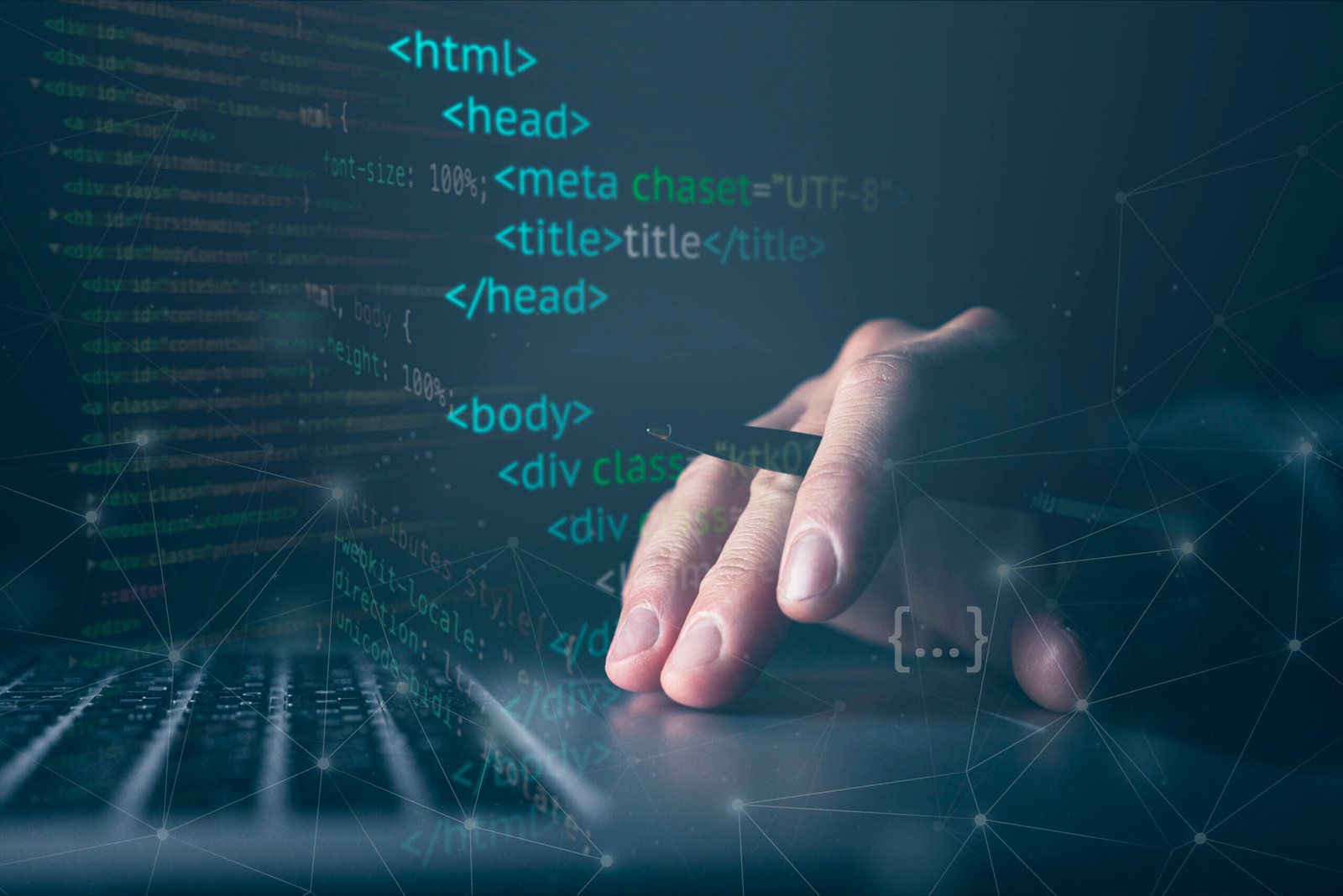Artificial Intelligence (AI) is evolving rapidly, and with it comes the need to regulate and assess AI-generated content. This has led to the emergence of tools like AI detectorand KI detectors—technologies designed to distinguish between human-written and machine-generated content. As AI becomes more embedded in education, journalism, marketing, and online communication, these detectors are becoming essential tools for verification, transparency, and content moderation.
What is an AI Detector?
An AI detector is a software application or online tool designed to identify whether a given piece of content has been generated by an artificial intelligence model such as ChatGPT, GPT-4, or other large language models (LLMs). These detectors analyze textual patterns, writing styles, sentence structures, and other linguistic signals to determine the likelihood that the content was written by a machine.
How AI Detectors Work
AI detectors typically use a combination of machine learning algorithms and statistical models. Here’s how they function:
-
Text pattern analysis: AI-generated text often follows patterns such as excessive coherence, lack of deep insight, or unnatural phrasing. Detectors scan for these signs.
-
Perplexity and burstiness: These metrics assess how predictable a piece of text is. AI tends to write with lower perplexity (more predictability), which detectors flag.
-
Training on AI vs. human content: Detectors are trained using large datasets of both AI and human-written text. By comparing input content with these data, they assign a probability score indicating its origin.
What is a KI Detector?
In many regions, especially in German-speaking countries, “KI” stands for Künstliche Intelligenz, which translates to “Artificial Intelligence” in English. Therefore, a KI detector is essentially the same as an AI detector but tailored for use in German or other localized contexts.
Differences Between AI Detector and KI Detector
While the fundamental technology is the same, there are subtle differences:
| Feature | AI Detector | KI Detector |
|---|---|---|
| Language Support | Primarily English | Focuses on German or multilingual texts |
| Use Cases | Academic, business, English content | Localized educational and legal settings |
| Terminology | “AI-generated” vs. “KI-generiert” | Uses native language terms |
KI detectors are gaining popularity in European universities and enterprises, helping institutions maintain content integrity in native languages.
Importance of AI and KI Detectors
With the rise of generative AI tools like ChatGPT, Bard, and Claude, it has become increasingly difficult to distinguish between machine-generated and human-written content. Here’s why AI/KI detectors are important:
Academic Integrity
Educational institutions are grappling with the influx of AI-assisted homework and essays. AI detectors help teachers and professors identify potential plagiarism or AI-generated assignments, ensuring fair evaluation.
Content Authenticity
In journalism, marketing, and content creation, human authenticity matters. Brands and media outlets use AI detectors to ensure that the content published under their name reflects human thought and creativity, not just AI automation.
Misinformation Detection
AI-generated content can be manipulated to spread false information. AI and KI detectors assist in fact-checking and verification processes, particularly in election periods or crisis situations.
Compliance and Regulation
With countries drafting regulations on the ethical use of AI, detectors serve as tools to enforce transparency. They help organizations label AI-generated content appropriately, ensuring compliance with guidelines and laws.
Popular AI and KI Detectors on the Market
Several tools have emerged that offer robust AI detection capabilities. Some notable ones include:
OpenAI AI Text Classifier
Developed by OpenAI, this tool was one of the first to identify content created by models like ChatGPT. Although it was retired in mid-2023 due to accuracy limitations, it laid the foundation for newer tools.
GPTZero
Created for educators, GPTZero evaluates text for AI-generated patterns and provides clarity with explanations. It’s widely used in academic institutions to detect AI-written essays.
Originality.AI
Designed for SEO professionals and web publishers, this paid tool scans entire websites for AI-generated text and helps maintain editorial quality.
Turnitin AI Detector
Turnitin, a long-trusted name in plagiarism detection, introduced AI detection features in response to the rise of generative AI in education. It supports multiple languages, making it useful as both an AI and KI detector.
ZeroGPT
ZeroGPT supports multiple languages and offers both sentence-level and paragraph-level analysis. It is a preferred tool for German (KI detection), French, and Spanish content as well.
Accuracy and Limitations of AI/KI Detectors
While detectors are improving, they are not 100% accurate. There are several limitations to be aware of:
-
False positives: Sometimes, human-written text may be flagged as AI-generated, especially if the writing is simple or formulaic.
-
False negatives: AI-generated content that’s been edited by humans might bypass detection.
-
Multilingual accuracy: Some detectors perform well in English but struggle with non-English texts, reducing their efficacy as KI detectors.
-
Bias in training data: If detectors are trained on narrow datasets, they may not generalize well across all writing styles and formats.
For these reasons, AI and KI detectors are best used as support tools, not final judges.
Ethical Considerations
Using AI detectors raises ethical questions:
-
Privacy: Is it ethical to scan private content for AI usage without the author’s consent?
-
Trust: Over-reliance on detectors can erode trust between students and educators or between writers and editors.
-
Transparency: Companies and institutions using AI detectors should clearly communicate how and why they are used.
Balancing technological innovation with ethical practice is crucial.
The Future of AI and KI Detectors
As generative AI models become more human-like, detection will become increasingly complex. Here’s what the future may hold:
Integration with Blockchain
To ensure content provenance, blockchain technologies may be integrated with AI detectors, recording the origin and edits of a document in an immutable ledger.
Real-time Detection
Advanced detectors will soon be embedded into writing platforms like Google Docs and Microsoft Word, providing real-time AI analysis during content creation.
AI Transparency Tags
Companies like OpenAI and Google are developing invisible watermarks or metadata tags to identify AI-generated content, making detection more accurate and less reliant on text analysis alone.
Multilingual and Cultural Training
KI detectors will become more culturally aware and language-specific, enabling better performance across different languages and dialects.
Conclusion
AI and KI detectors are vital tools in the age of generative content. From upholding academic honesty to ensuring journalistic integrity and regulatory compliance, these tools help maintain trust in written communication. While they are not flawless, continuous innovation is enhancing their reliability and scope.
Whether you’re an educator, content creator, or corporate professional, understanding how AI and KI detectors work—and their role in today’s digital ecosystem—is crucial. As we move forward into an AI-driven world, these detectors will serve as gatekeepers of authenticity, ensuring that human creativity continues to be recognized and respected.
Check out new and latest article to see by clicking here.













Leave a Reply